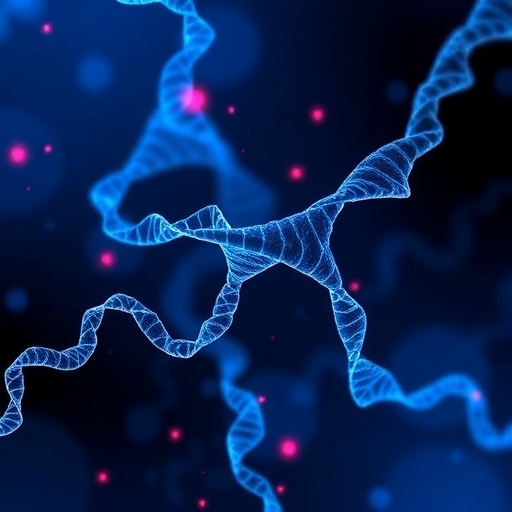Scientists have created an elaborate map of more than a billion brain cell connections, helping to shed light on how memories are formed and recalled.
Their complex series of images are the first to illustrate how these vital connections are organised and could impact on our fundamental understanding of the brain.
Researchers also showed that this molecular map is altered in mice with features of autism and of schizophrenia, suggesting that it could provide vital insights on brain disorders.
The study focused on gaps between brain cells – known as synapses – that allow chemical and electrical messages to flow and are vital to healthy brain function.
This is the first time that such a map – called a synaptome – has been created across the entire brain.
Researchers led by the University of Edinburgh used cutting-edge techniques, including molecular imaging and artificial intelligence, to look at synapses across the mouse brain.
They studied sections of brain tissue engineered to emit light, allowing the scientists to see individual synapses in colour. By tagging distinct types of molecules in each synapse by colour, they were able to detect a vivid pattern of synapses across the brain.
Different groups of synapses were active depending on distinct behaviours of the mice – such as feeding, running and jumping.
Researchers say that the diversity of synapse types may be key to recalling information, helping the brain to quickly locate memories through patterns of its activity. This finding could help scientists understand more about how memory problems develop.
The study also showed that mice bred to mirror aspects of autism and schizophrenia had altered synaptome maps and did not recall information properly. This could open new avenues towards understanding many different brain diseases and behavioural conditions.
The study was funded by the European Research Council and Wellcome and is published in the journal, Neuron.
Lead researcher, Professor Seth Grant of the Centre for Clinical Brain Sciences at the University of Edinburgh, said: "There are more synapses in a human brain than there are stars in the galaxy. The brain is the most complex object we know of and understanding its connections at this level is a major step forward in unravelling its mysteries.
"In creating the first map of this kind, we were struck by the diversity of synapses and the exquisite patterns that they form. This map opens a wealth of new avenues of research that should transform our understanding of behaviour and brain disease".
###
For further information, please contact: Kate McAllister, Press and PR Office, tel 0131 650 6357; email [email protected]
Media Contact
Kate McAllister
[email protected]
131-650-6357
@edinunimedia
http://www.ed.ac.uk
http://dx.doi.org/10.1016/j.neuron.2018.07.007




